Every Friday during the summer months at LRU, we host a “Shooting System Readiness” day. Our clients shoot our school rifles in the L1 and L2 classes and this is the day they pull out their rifles and support equipment and apply what they have learned on their equipment. In addition, our L3 Mountain Course is shot entirely with our client's equipment. I am always curious to see what shooting equipment people use, and despite the availability of the Revic and other “smart” ballistic-enabled laser rangefinders with onboard weather stations, I still see a lot of “basic” laser rangefinders in use. I think many hunters just don’t understand how a “smart” rangefinder can benefit them.
Watch the video to learn more or keep reading below!
In this article, we are going to focus on angle compensation. However, this is just one of several things a “smart” laser is compensating for. For a better understanding of why having the “onboard weather station” in a “smart” laser is beneficial check out this article.
Effects of Temperature and Altitude
For this demonstration, I decided to compare two of my personal lasers which represent the “basic” vs the “smart” and see what the real-world difference was in a field scenario. The difference between the two lasers is in how they compute for inclination. I’ll include a brief description of the differences here but for a basic understanding of why angles matter, or for a deep dive in the related ballistics check out this article.
Inclination and its Effects on Long Range Shooting
A basic laser rangefinder, meaning any laser that does not have your rifle's ballistics programmed into it, calculates angles by determining the horizontal distance. This is known as the “Map Distance” or “Rifleman's Rule” In 1993 and 1994 when I worked at Scout Sniper School in the Marine Corps we taught this method like it was the gospel. Years later I learned it wasn’t mathematically correct although it worked at medium ranges and relatively shallow angles.
The basic laser measures the straight line distance to the target and the angle, then multiplying the corresponding cosine for the angle times the straight line distance to get a horizontal range. The concept is you set your rifle's turret for the horizontal range vs the straight line distance.
The correct way to do the calculation is to multiply the cosine for the angle times the amount of bullet drop, not the range. A “smart” laser rangefinder that knows your rifle's ballistics can do this.
Why is the horizontal distance incorrect? As the bullet travels down range the amount of drop is not linear with range because drag slows the bullet the further it travels down range. It drops less per 100 yards traveled close to the muzzle than it does between 700 and 800 yards. Therefore making a percentage change in range (horizontal distance) is not the same as making the same percentage change in the amount of bullet drop. At longer ranges (500 yards plus), the horizontal method used in a basic laser rangefinder will overcompensate and result in low impacts.
To demonstrate this in the field I found a spot at our Sheep Mountain facility where, with some serious hiking we could get a 29° down angle with a 756-yard shot.
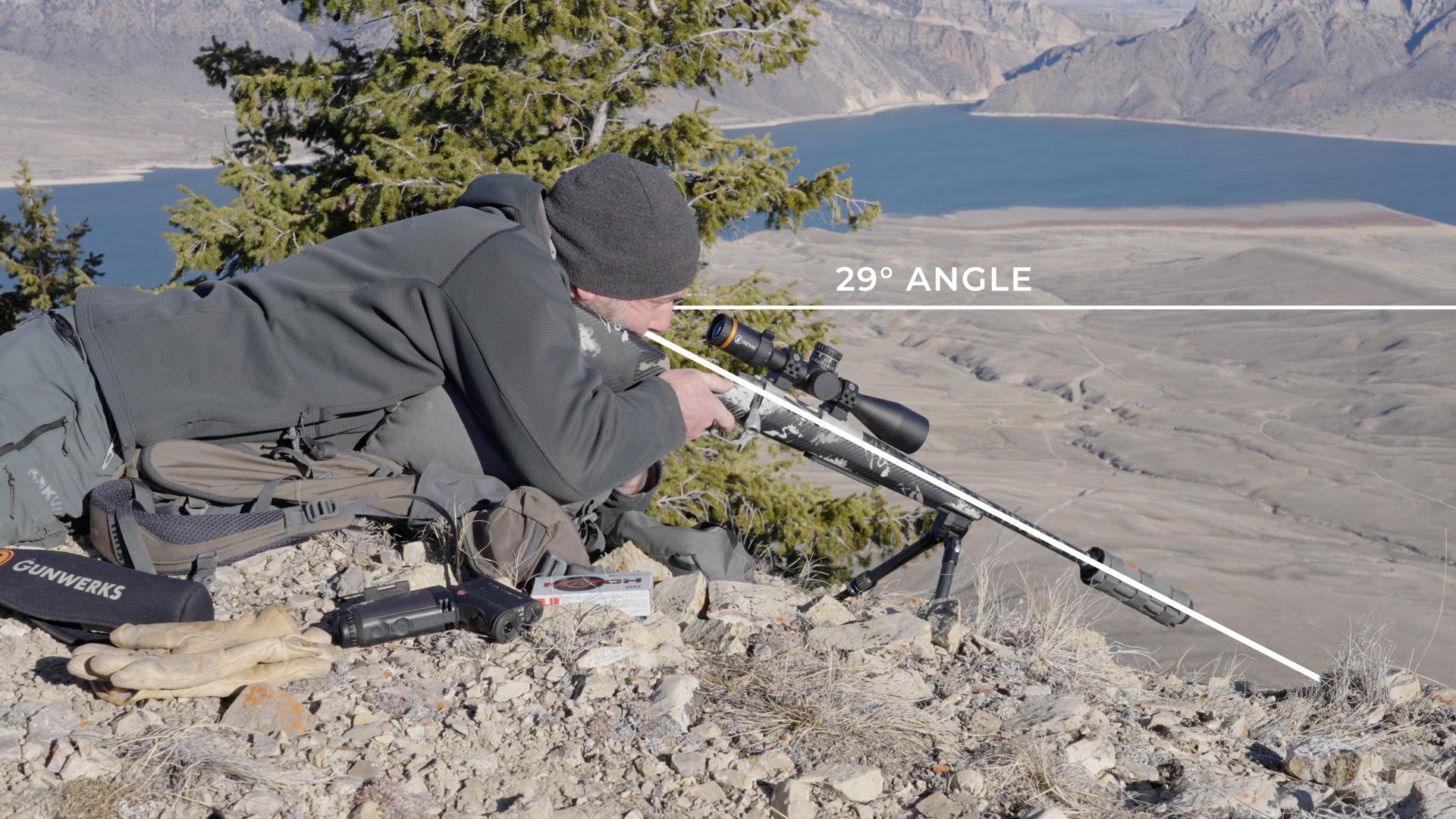
On the day in question, the weather was amazingly nice for a December in Wyoming. Forty degrees and clear with a gusty 10-20 mph wind. Sheep Mountain is located on the convergence between two river valleys and the gusty winds collide there making for some very tricky turbulent conditions. The target was set at approximately 6600 feet in elevation and the shooting position was at 7700 feet.
I was shooting one of our Magnus 6.5 Creedmoors with Hornady 140 ELD Match ammunition, the same setup our students use in LRU. The rifle had a Revic Acura RS 5-25I scope with a ballistic turret set for 50 degrees / 6000 feet.
First, I ranged the target using my old Leica 1600 Laser. This was a good laser for its day, and I used it for years. It gave me a range of 756 yards with a horizontal range of 615. To demonstrate how bad the miss would be if we completely failed to account for the angle, I dialed the BDC turret to 756 yards and sent a shot several feet over the top of the target. 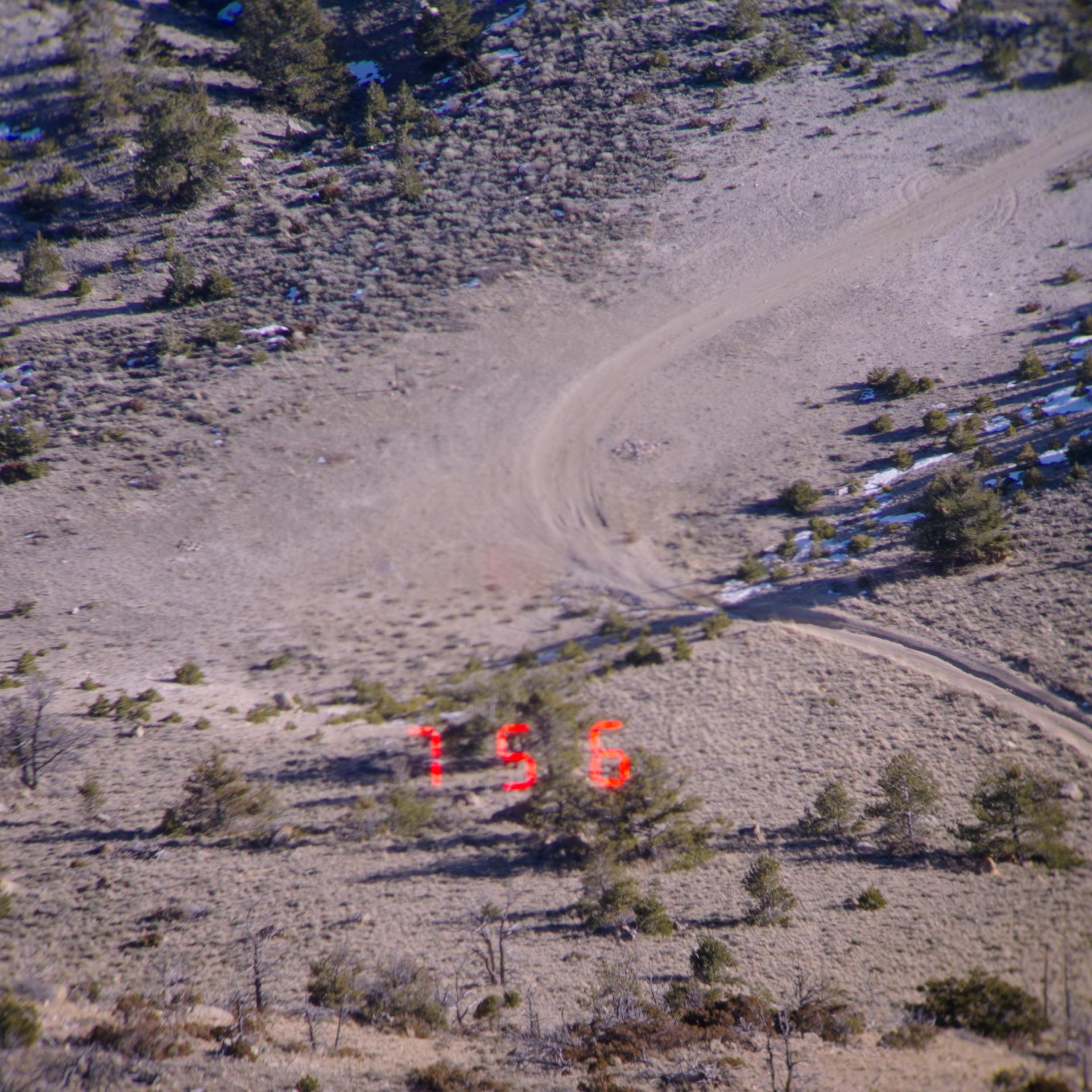
Next, I set the BDC turret for the horizontal range (627) to see what impact the “Rifleman's Rule” or the “Map Distance” method would give me. I sent two shots and both impacted approximately 1 MOA below center. The gusty wind got me on the second shot and it impacted approximately 1 moa left.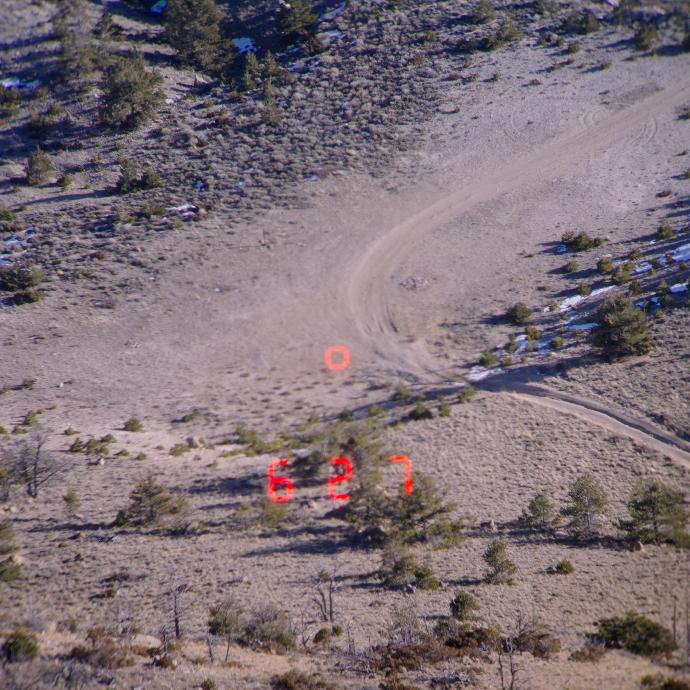
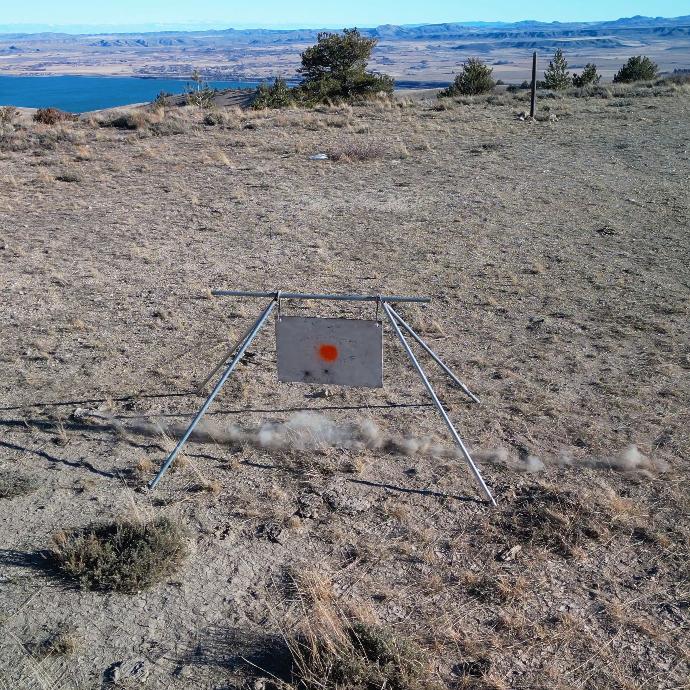
Finally, I pulled out my Revic BR4 and it gave me a range of 756 with a BDC setting of 660. I dialed this on the scope and sent two shots. Both impacted perfectly level with my aiming point and just a couple of inches right of center. 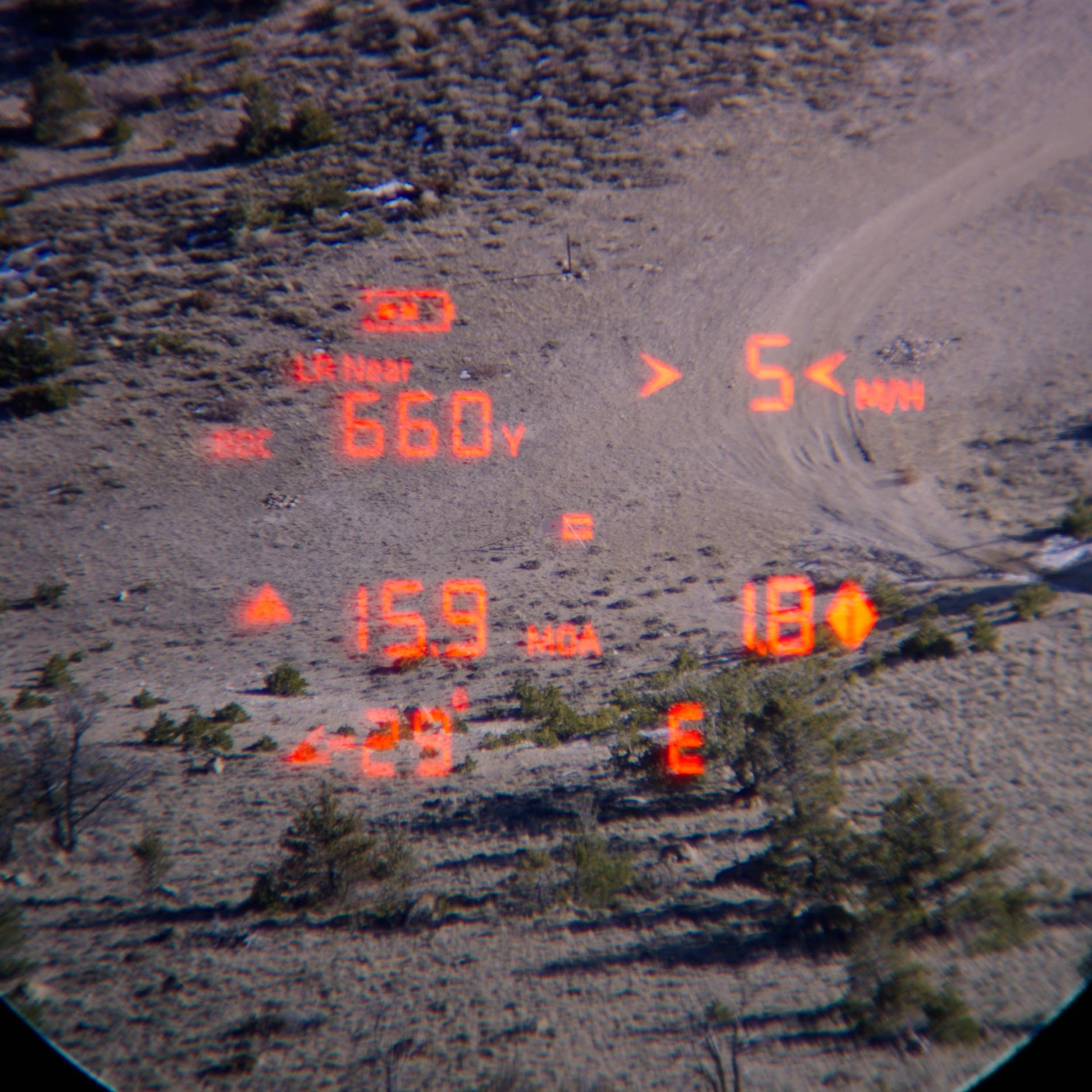
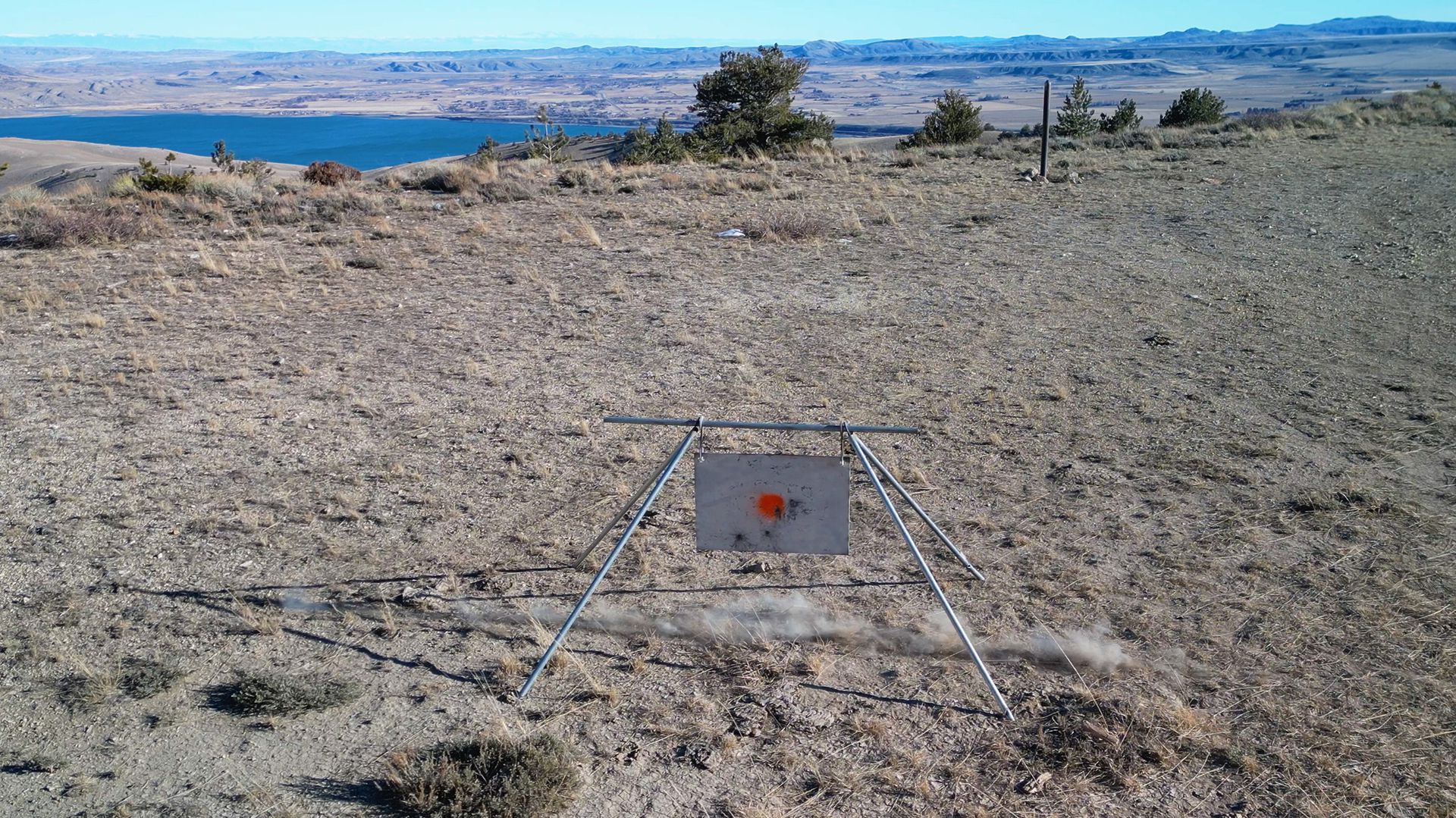
So at what range does this error start to matter? In my opinion, at 500 yards or less, the difference between the “basic” and the “smart” laser is negligible. Also, it takes a serious mountain to find a legitimate 30° angle at long range. If you hunt more rolling hill country the “basic” laser will work for angle compensation. Just remember at long range you have to stay fairly close to the temperature and elevation your BDC turret or range card is set for.
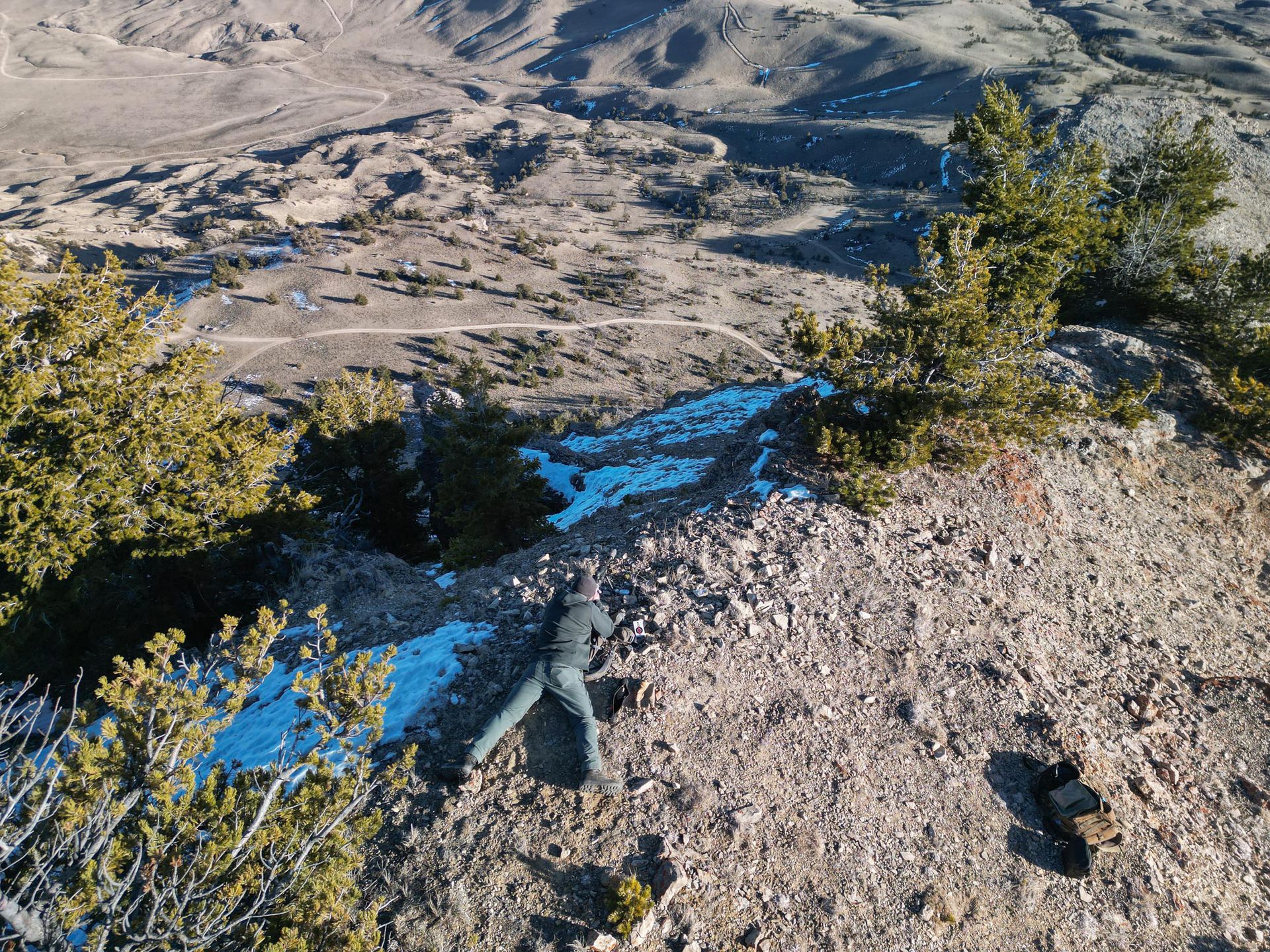
If we are going to attempt shots greater than 500 yards, good hunting ethics and our desire to be successful require us to be as precise as possible in all of our calculations. I call it “Murphy’s law of stacking errors”. Let's say I’m shooting a rifle from a field position and the combined capability of me and the rifle is 1 Minute of Angle (moa) which is a 6-inch group at 600 yards. That means a “perfect shot” could land 3 inches below center by random chance. Now let's add ½ moa (3 inches) low error due to incorrect angle compensation and a ½ moa error due to the animal moving 20 yards closer or further after you ranged him. On a good day, some of the errors will cancel out other errors… or your shot by random chance impacts at the bottom of the 6" circle… and there is ½ minute low error caused by calculating the angle incorrectly… and the animal is 20 yards further away than we thought. Our bullet is now 9 inches low, a clean miss, or a grazing brisket shot. Which scenario do you think would happen on your hunt of a lifetime with Mr. Murphy?
The Revic BR4 or the BLR10b Binoculars use the Revic ballistics program and have all the onboard sensors to measure air density, temperature, compass direction, and angle. It is to my knowledge, the only laser rangefinder that “knows” what temperature and elevation your ballistic turret was set for and can give you an adjusted range to dial too versus dialing for minutes of angle. This seems like a minor detail but under stress, it's one less number to remember. In this demonstration the BR4 had me dial to 660 yards. This resulted in perfect impacts due to the laser's ability to calculate not only the angle correctly but also the difference in air pressure, and earth-based effects.
